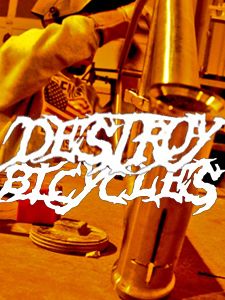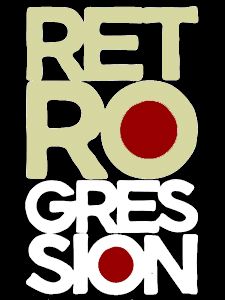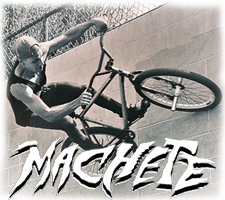
let's preface with this: i am by no means any crazy authority over FGFS. i'd like to think of myself as a curator and maybe historian of such things, but alas, i'm just a dude who like certain things and puts it out onto a silly website which no one really reads anymore (part of that is my fault, i went off to do grown up stuff for a bit). whatever- i've been around FGFS for a long ass time, and i've seen it go through it's inception to evolution to de-evolution in a matter of a few years. i've had people ask me what happened to FGFS, and to answer that we have to tell the whole narrative. by the way, i did do a bit of this a few years back, so if you'd like to revisit it.... here it is. now for me to babble on after the jump!
(this song no longer reminds me of RAD)
i could start with artistic cycling and track bikes and that one scene from quicksilver and blah blah blah- but that would lose you really fucking quickly. so i'm starting here: keo curry. to all the OG heads out there, this was the start of it all. at least for me, i wanted a track bike for the street and had almost little interest in doing tricks outside of fancy skids... until i saw keo fucking curry. it was his bike that formed the prototype for things to come.
(torey will save us all)
and this lasted for a while- the formula was really fucking simple too. all it took was a track bike, some short risers, a fork that didnt have much rake, and/or a 650c wheel. back then, machines had unique characters to them. most were a mish mash of track bike parts and tri parts and dirt jumper parts and BMX parts.
but then something happened- some folks started riding aggressively and people kept breaking stuff; and it was real expensive stuff- 650c shit was hard to find, and aluminum frames were light but couldn't take that much of a beating. luckily for me, i had be a full chromo frame, and overbuilt stuff at that time:

(sweet suspension seatpost bro)
so everything got stronger. leader came out with the TRK (and that suuuuuuuper awesome gusset), volume had the cutter (v1 at the time), MKE had the bruiser, and charge came out with the scissor. with the inception of these frames came a new industry: the FGFS industry. instead of popping bmx and dirt jumper parts onto our machines, we had FGFS specific shit.
Peninsula Fixed Gear from _deadwood_ on Vimeo.
(i dug through the crates for this one)
this signified a drastic shift in FGFS. this shift lead to a progression much closely emulating BMX that shifted FGFS into it's "mid-school" days. it lead to a lot companies digging into the scene, a split between wheel sizes and styles, worldwide acclaim, and an upswing of fixed gear bikes for the street. eventually and unfortunately, it would all dissipate back to it's roots. we'll save that for part II and part III.
if i can think about how to approach that shit and i get my ass to type it down.
but i'll get into that another day.
jmok























No comments:
Post a Comment